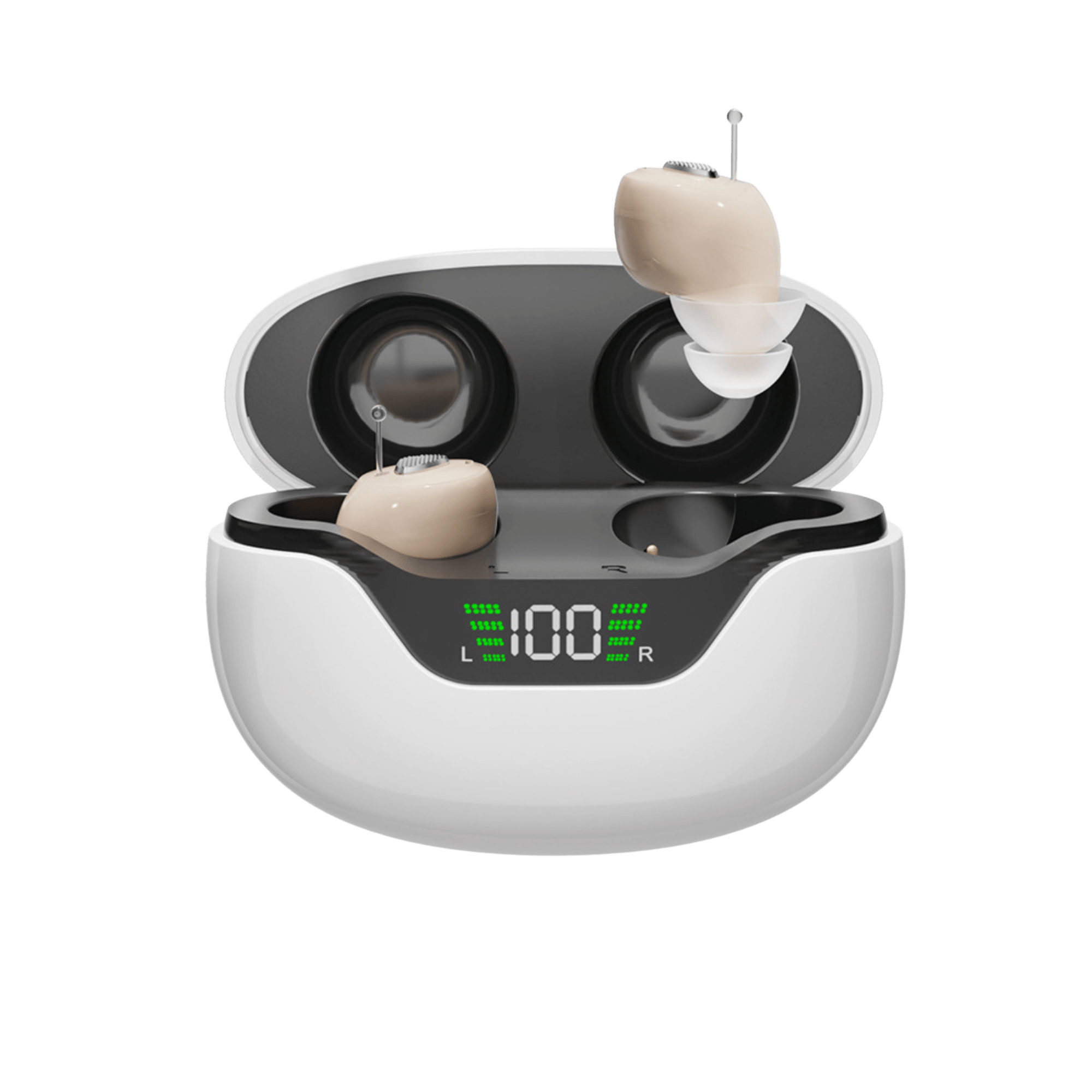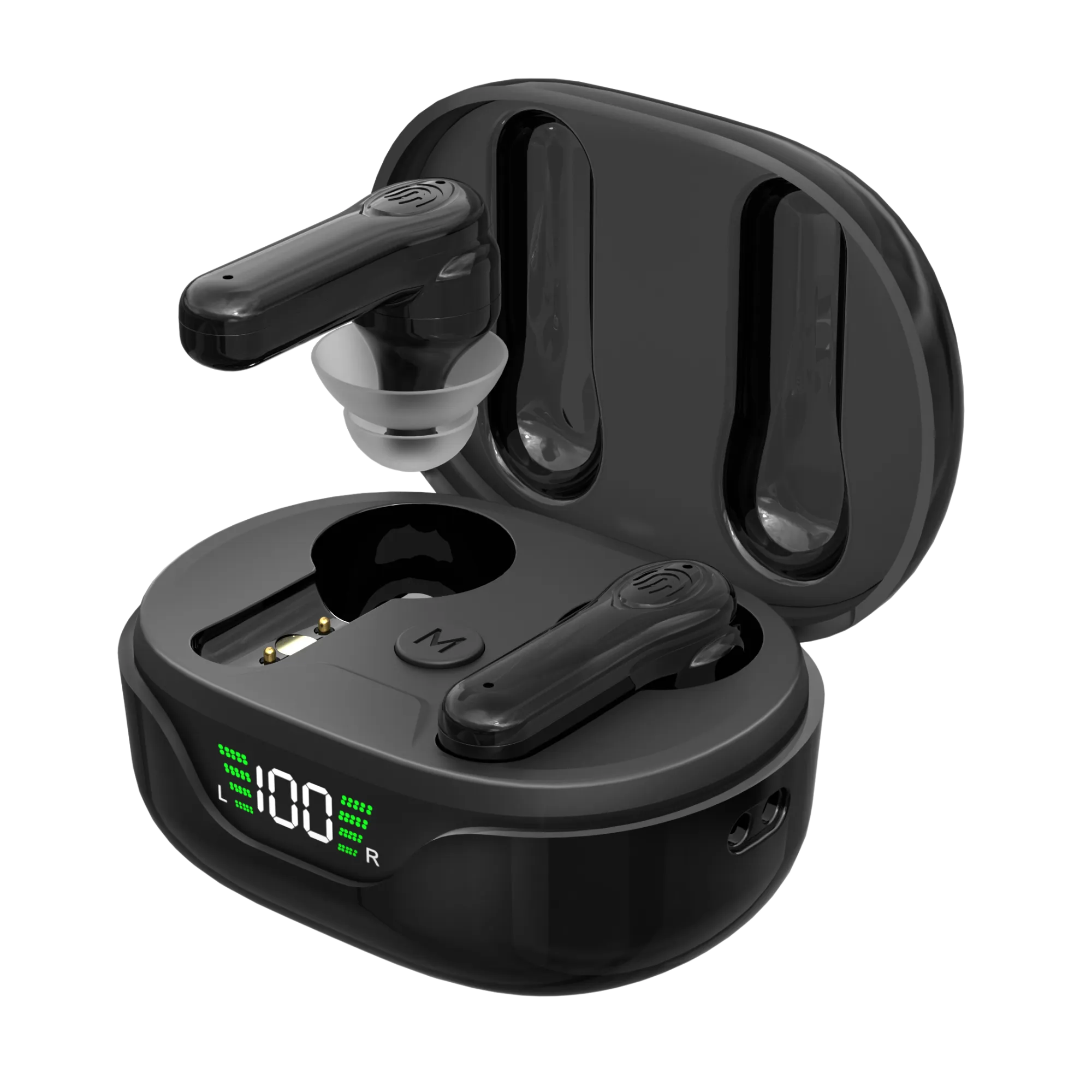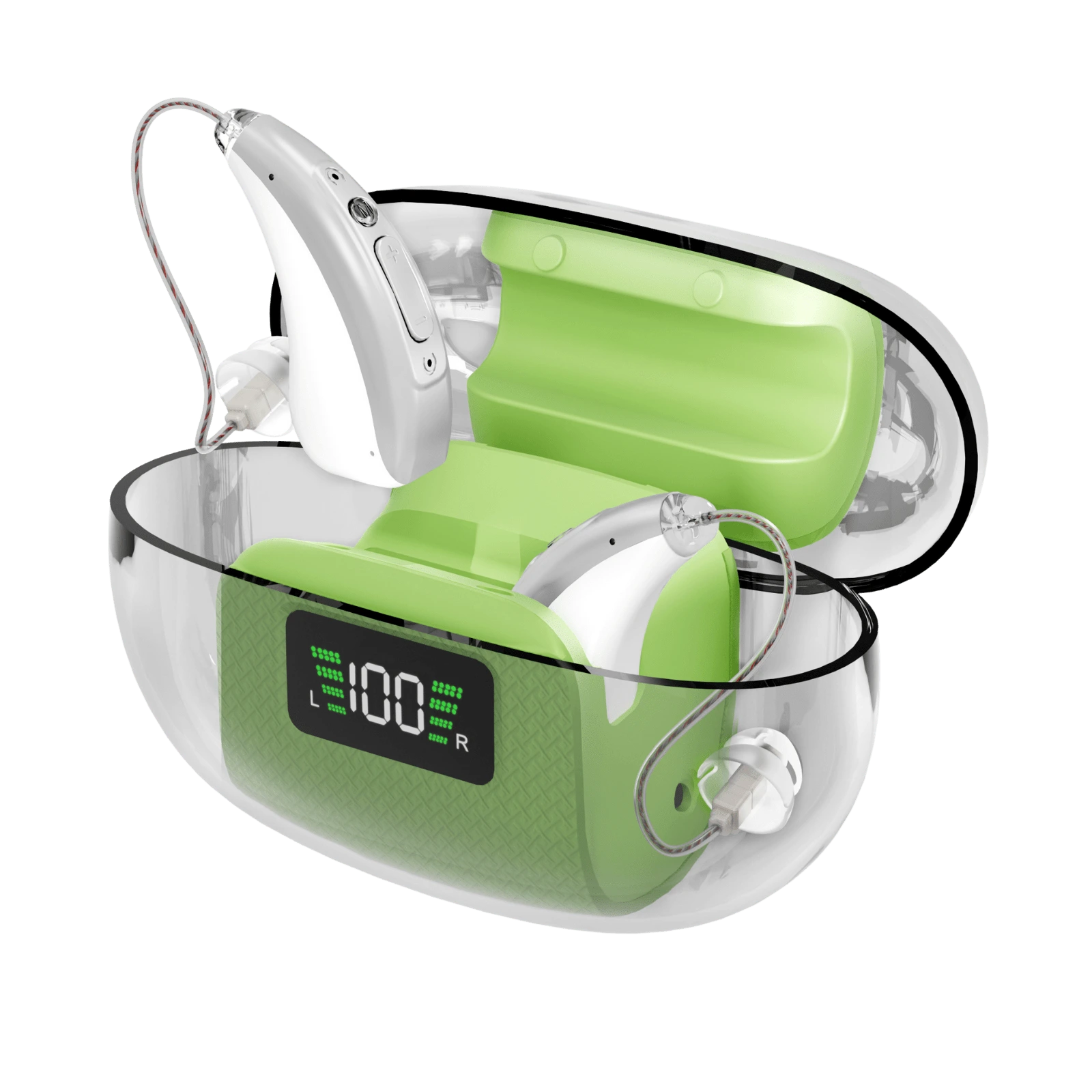Hearing loss is a condition that affects millions of people worldwide, hindering communication and quality of life overall. With the advent of innovative technologies, particularly hearing aides, individuals can now overcome these obstacles and live fulfilling lives. This article provides an in-depth examination of the various varieties of hearing aids and their significant impact, with a particular focus on the Northwestern University community.
A Breakdown of the Various Hearing Aid Types
BTE (behind-the-ear) hearing aids
BTE hearing aides are one of the most prevalent varieties currently available. A compact plastic case inserts behind the ear and is connected to an ear mold that rests within the outer ear. Typically, the enclosure contains the electronics, controls, battery, and loudspeaker. These aids are suitable for individuals of all ages, including infants, due to their durability and usability.
In-the-Ear Hearing Aids (ITE)
As their name suggests, ITE hearing aides fit wholly in the outer ear. They contain all necessary components within a single casing, resulting in a design that is compact and less conspicuous. They are custom-made for the ear of the wearer and provide a high level of comfort. Due to their smaller dimensions, however, they may be more difficult to modify and have a lesser battery life than BTE models.
Completely-in-the-Canal (CIC) and In-the-Canal (ITC). Auditory aids
These hearing aides are custom-made to suit partially or completely within the ear canal, rendering them nearly invisible to the untrained eye. Individuals with modest to moderately severe hearing loss typically utilize these devices. However, their diminutive size can make them challenging to manipulate and modify.
RIC (Receiver-in-Canal) hearing aids
RIC hearing aides, also known as Receiver-in-the-Ear (RITE) hearing aids, are comparable to BTE hearing aids but are smaller and less visible. The loudspeaker is located in the eartip as opposed to the enclosure, thereby minimizing the size of the case behind the ear. RIC aids are valued for their contemporary appearance and high-quality sound.
BAHA are bone-anchored hearing aids.
BAHAs are surgically implanted devices that bypass the middle and outer ear and transmit sound directly to the inner ear via the cranium. Individuals with conductive hearing loss or those who cannot wear traditional hearing aides typically use them.
The form of hearing aid an individual chooses depends on his or her degree of hearing loss, lifestyle, and personal preferences. Always consult a professional audiologist in order to make an informed decision.
How Hearing Aids Can Transform Lives: A Closer Look at the Enhanced Academic Experience at Northwestern University
At Northwestern University, a prestigious institution lauded for its inclusive environment, students with hearing aides have experienced a significant academic improvement. Classes, lectures, and seminars that were formerly inaccessible due to auditory limitations are now available, resulting in a more enriching educational experience. Modern technology, such as FM systems compatible with hearing aids, enables direct communication between the lecturer and the student, minimizing extraneous noise and fostering an optimal learning environment.
Increased Social Interaction and Engagement
In addition to academics, college is a time of robust social development. Hearing aides have played a crucial role in enhancing social interaction among students with hearing loss. They can now completely participate in group discussions, campus events, and casual conversations, nurturing a sense of belonging and enhancing their college experience as a whole.
Contributing to Career Readiness
Hearing aides have a profound effect on individuals pursuing vocations that require advanced communication skills. These devices have leveled the playing field, enabling students to fully participate in internships, interviews, and networking events, thereby establishing the groundwork for successful careers.
A Call to Participate in a World of Sound
In a time when technology is increasingly ingrained in our daily existence, hearing aids demonstrate how innovation can considerably improve quality of life. Individuals with hearing loss are now able to live their lives to the utmost, liberated from the limitations of their condition, thanks to the evolution of these devices and the inclusive environment nurtured at institutions such as Northwestern University. It is an open invitation to a world of sound, a journey filled with enlightening experiences and limitless opportunities.
A Breakdown of the Various Hearing Aid Types
BTE (behind-the-ear) hearing aids
BTE hearing aides are one of the most prevalent varieties currently available. A compact plastic case inserts behind the ear and is connected to an ear mold that rests within the outer ear. Typically, the enclosure contains the electronics, controls, battery, and loudspeaker. These aids are suitable for individuals of all ages, including infants, due to their durability and usability.
In-the-Ear Hearing Aids (ITE)
As their name suggests, ITE hearing aides fit wholly in the outer ear. They contain all necessary components within a single casing, resulting in a design that is compact and less conspicuous. They are custom-made for the ear of the wearer and provide a high level of comfort. Due to their smaller dimensions, however, they may be more difficult to modify and have a lesser battery life than BTE models.
Completely-in-the-Canal (CIC) and In-the-Canal (ITC). Auditory aids
These hearing aides are custom-made to suit partially or completely within the ear canal, rendering them nearly invisible to the untrained eye. Individuals with modest to moderately severe hearing loss typically utilize these devices. However, their diminutive size can make them challenging to manipulate and modify.
RIC (Receiver-in-Canal) hearing aids
RIC hearing aides, also known as Receiver-in-the-Ear (RITE) hearing aids, are comparable to BTE hearing aids but are smaller and less visible. The loudspeaker is located in the eartip as opposed to the enclosure, thereby minimizing the size of the case behind the ear. RIC aids are valued for their contemporary appearance and high-quality sound.
BAHA are bone-anchored hearing aids.
BAHAs are surgically implanted devices that bypass the middle and outer ear and transmit sound directly to the inner ear via the cranium. Individuals with conductive hearing loss or those who cannot wear traditional hearing aides typically use them.
The form of hearing aid an individual chooses depends on his or her degree of hearing loss, lifestyle, and personal preferences. Always consult a professional audiologist in order to make an informed decision.
How Hearing Aids Can Transform Lives: A Closer Look at the Enhanced Academic Experience at Northwestern University
At Northwestern University, a prestigious institution lauded for its inclusive environment, students with hearing aides have experienced a significant academic improvement. Classes, lectures, and seminars that were formerly inaccessible due to auditory limitations are now available, resulting in a more enriching educational experience. Modern technology, such as FM systems compatible with hearing aids, enables direct communication between the lecturer and the student, minimizing extraneous noise and fostering an optimal learning environment.
Increased Social Interaction and Engagement
In addition to academics, college is a time of robust social development. Hearing aides have played a crucial role in enhancing social interaction among students with hearing loss. They can now completely participate in group discussions, campus events, and casual conversations, nurturing a sense of belonging and enhancing their college experience as a whole.
Contributing to Career Readiness
Hearing aides have a profound effect on individuals pursuing vocations that require advanced communication skills. These devices have leveled the playing field, enabling students to fully participate in internships, interviews, and networking events, thereby establishing the groundwork for successful careers.
A Call to Participate in a World of Sound
In a time when technology is increasingly ingrained in our daily existence, hearing aids demonstrate how innovation can considerably improve quality of life. Individuals with hearing loss are now able to live their lives to the utmost, liberated from the limitations of their condition, thanks to the evolution of these devices and the inclusive environment nurtured at institutions such as Northwestern University. It is an open invitation to a world of sound, a journey filled with enlightening experiences and limitless opportunities.





